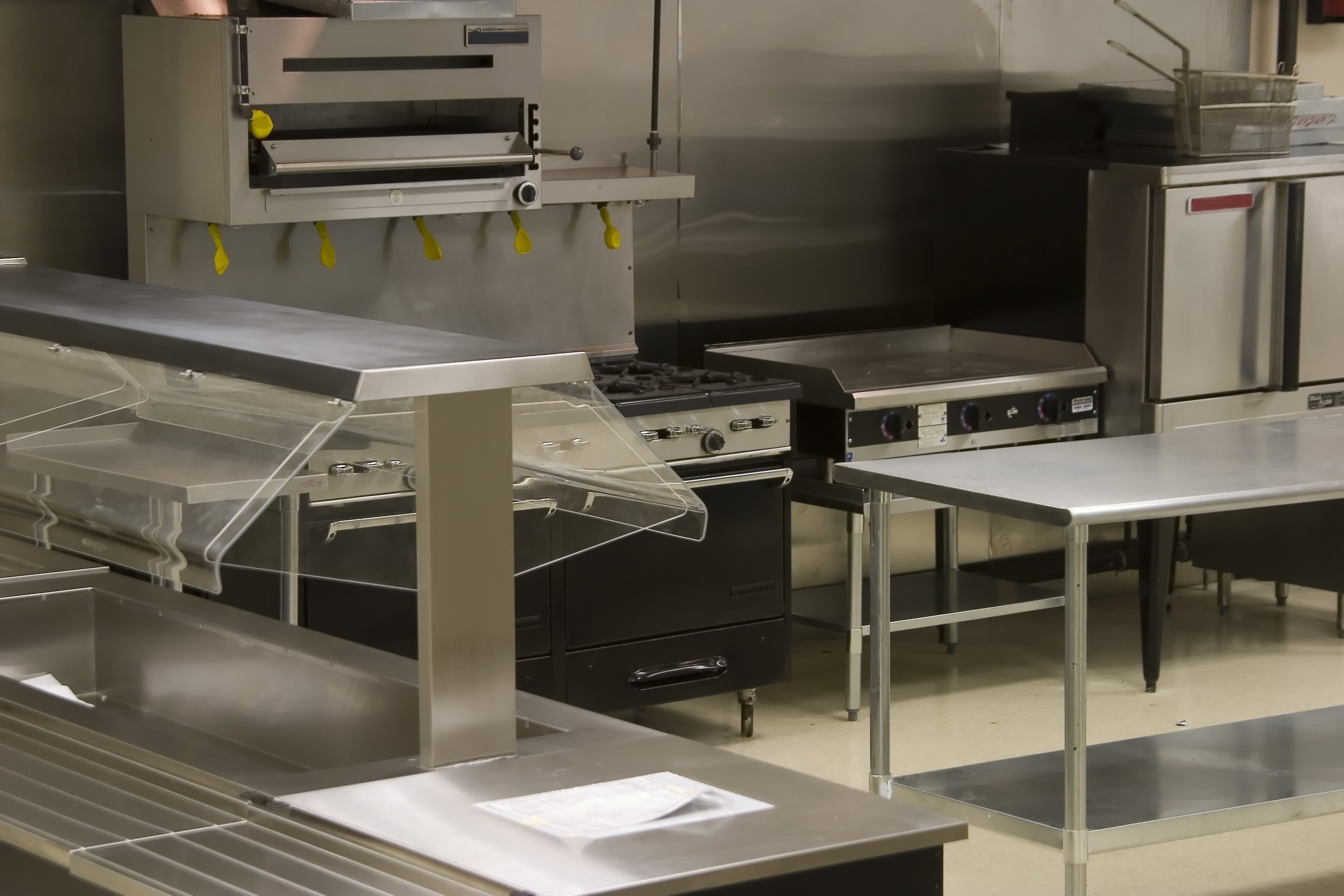Approximately1,400 tons of particulate matter (PM 2.5) is emitted into the air by commercial char broilers used in New York City restaurants. The New York City Health Department estimates that pollution from char broilers attributed to more than 400 pre-mature deaths every year between 2005 and 2007. The study also concluded that if the City required emission control devices be installed on all commercial char broilers, nearly 350 premature deaths could be prevented each year.
In an effort to cut down on air pollution and its associated health risks, New York City Council added section 24 – 149.4 to Title 24 of the Administrative Code in 2015. The new section mandates emissions control devices on new and existing commercial char broilers that are used to cook more than 875 pounds of meat per week. The new code (Local Law 38/2015) went into effect on May 6, 2016.
Earlier this month, the Department of Environmental Protection (DEP) developed an associated rule that outlines the acceptable types of emission control devices, testing protocols, maintenance, and re-certification of such devices. The new DEP rule went into effect on September 16, 2016.
Here is what you need to know about NYC’s new rules for Emission Control Devices:
Requirements
- Emission devices must be specifically designed for use with its intended practice must be capable of reducing the under fire baseline PM10 emissions of the char broilers, including condensable PM at a reduction rate of 75% or greater.
- Facilities with multiple char broilers must calculate the total amount of meat cooked from all char broilers over the course of one week (7 days) at the same facility. The required minimum reduction percentage must be achieved for each char broiler.
Maintenance
- Emission control devices must be kept maintained and in good working order.
- Emission control devices must be provided with regulation servicing and cleaning by a person holding a FDNY Certificates of Fitness P-64 Commercial Kitchen Exhaust and Precipitator Cleaning Technician.
Record Keeping
The operator of the char broiler must maintain records of the following:
- The amount of meat cooked per week.
- Brief descriptions of the maintenance work performed on the cooking exhaust and emission control devices (i.e. cleaning, breakdown and repair events).
- Records must be kept for at least one year and made available upon request to the DEP of any other agency with jurisdiction.
Certification
- Manufacturers or owners of emissions control devices can obtain DEP certification by submitting documentation from an EPA-approved independent testing laboratory.
- The certification will ensure that the appropriate tests have been performed and it is in compliance with the requirements set forth in Section 37-06.
It’s also important to note that the new DEP rules establish two new potential violations with fines ranging from $800.00 to $3,200.00, depending on conditions.
If you’d like additional guidance on how to comply with the NYC’s new emission requirements, Milrose is here to help! Contact us to find out how Milrose can help you avoid costly delays and streamline the municipal approval process for your commercial kitchen project.








